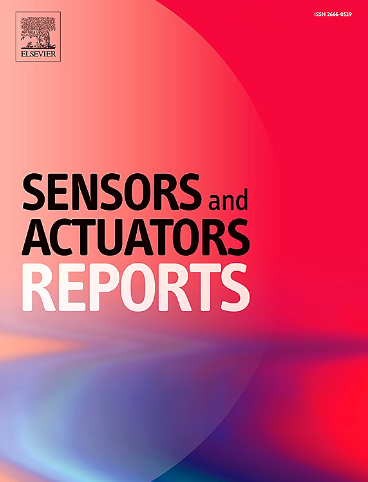用于无创体液监测的智能柔性可穿戴设备:多学科路线图和未来方向
IF 7.6
Q1 BIOTECHNOLOGY & APPLIED MICROBIOLOGY
引用次数: 0
摘要
实时监测和了解个人健康状况,不仅可以及时发现潜在的健康问题,从而促进及时干预,防止严重伤害或死亡,而且还可以帮助个人有效地管理自己的生活方式,改善健康行为,提高整体生活质量。通过智能灵活的可穿戴设备向无创健康监测的范式转变代表了多学科创新的变革性融合。纺织科学、材料科学、生物医学、计算机科学、电子信息与通信技术的进步,使得灵活、舒适、灵敏、精确的智能可穿戴监测设备不断涌现。监测指标的范围已经超出了体温、血压和心率等传统指标,涵盖了体液中的一系列生物标志物和生物分子。此外,监测目标已从血液扩大到汗液、间质液、唾液、眼泪和呼出的气体,标志着从侵入性方法向非侵入性方法的过渡。因此,为了激发智能可穿戴产品的不断增强和发展,促进创新的发展,本综述总结了现有的进展,确定了关键挑战,并提供了未来创新的观点,本研究旨在为下一代可穿戴技术的发展提供多学科路线图。本综述旨在为下一代可穿戴技术的发展提供多学科路线图,重点介绍与这些技术相关的关键材料和应用环境。最后,本文概述了该技术面临的挑战,并对未来的发展提出了展望。本文章由计算机程序翻译,如有差异,请以英文原文为准。

Smart flexible wearables for non-invasive body fluid monitoring: a multidisciplinary roadmap and future directions
Real-time monitoring and understanding of individual health status not only enable the prompt identification of potential health concerns, thereby facilitating timely interventions to prevent severe injury or mortality, but also assist individuals in managing their lifestyles effectively, improving health behaviors, and enhancing overall quality of life. The paradigm shift toward non-invasive health monitoring through smart flexible wearables represents a transformative convergence of multidisciplinary innovation. Advancements in textile science, materials science, biomedicine, computer science, and electronic information and communication technology have resulted in the continuous emergence of flexible, comfortable, sensitive, and precise smart wearable monitoring devices. The range of monitoring indicators has expanded beyond traditional metrics, such as body temperature, blood pressure, and heart rate, to encompass a range of biomarkers and biomolecules found in bodily fluids. Furthermore, the targets for monitoring have broadened from blood to encompass sweat, interstitial fluid, saliva, tears, and exhaled breath, marking a transition from invasive to non-invasive methodologies. Therefore, to inspire the continuous enhancement and evolution of smart wearable products and foster the development of innovations, this review summarizes existing advancements, identifying critical challenges, and offering perspectives on future innovations, this study aims to serve as a multidisciplinary roadmap for the development of next-generation wearable technologies. This review aims to provide a multidisciplinary roadmap for the development of next-generation wearable technologies, highlighting key materials and application contexts associated with these technologies. Finally, this review outlines the challenges faced by this technology and presents perspectives on future advancements.
求助全文
通过发布文献求助,成功后即可免费获取论文全文。
去求助
来源期刊

Sensors and Actuators Reports
Multiple-
CiteScore
9.60
自引率
0.00%
发文量
60
审稿时长
49 days
期刊介绍:
Sensors and Actuators Reports is a peer-reviewed open access journal launched out from the Sensors and Actuators journal family. Sensors and Actuators Reports is dedicated to publishing new and original works in the field of all type of sensors and actuators, including bio-, chemical-, physical-, and nano- sensors and actuators, which demonstrates significant progress beyond the current state of the art. The journal regularly publishes original research papers, reviews, and short communications.
For research papers and short communications, the journal aims to publish the new and original work supported by experimental results and as such purely theoretical works are not accepted.
 求助内容:
求助内容: 应助结果提醒方式:
应助结果提醒方式:


